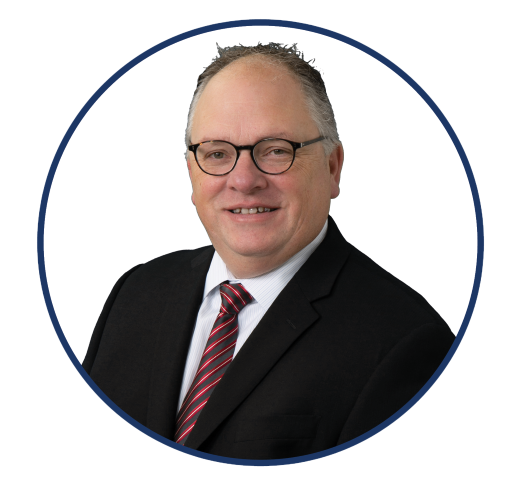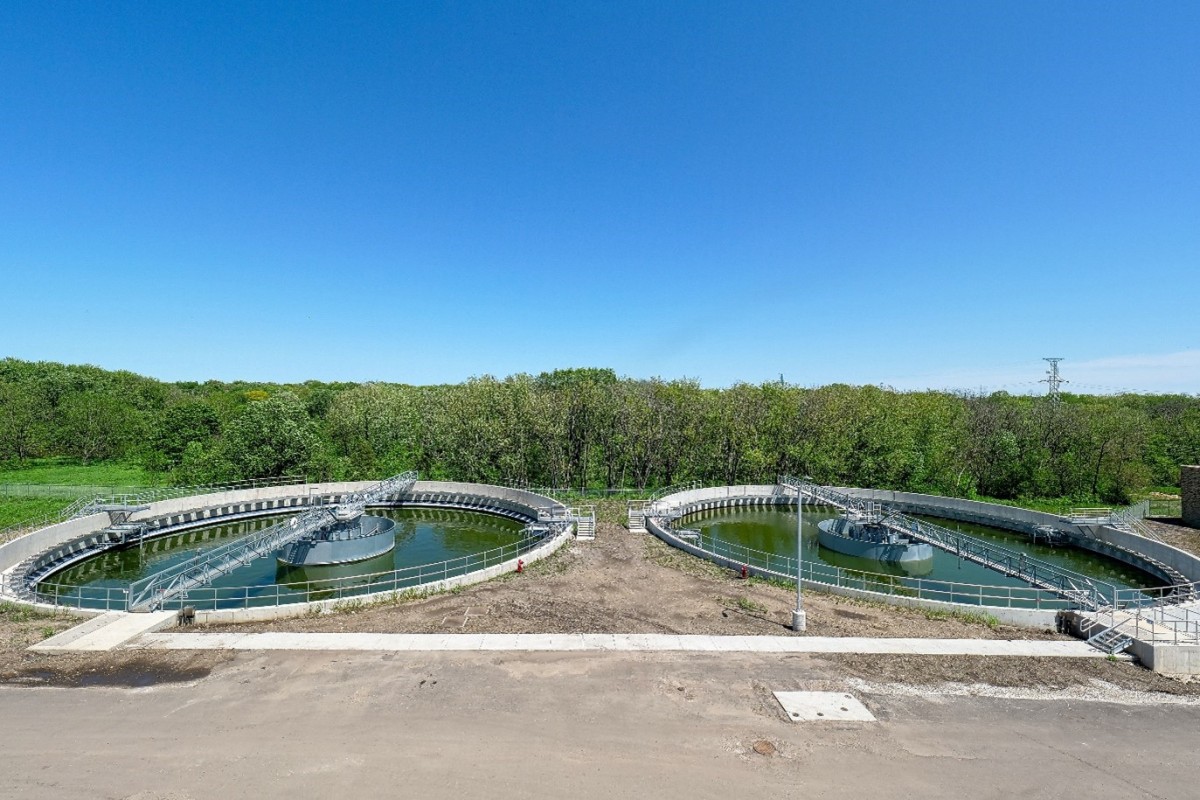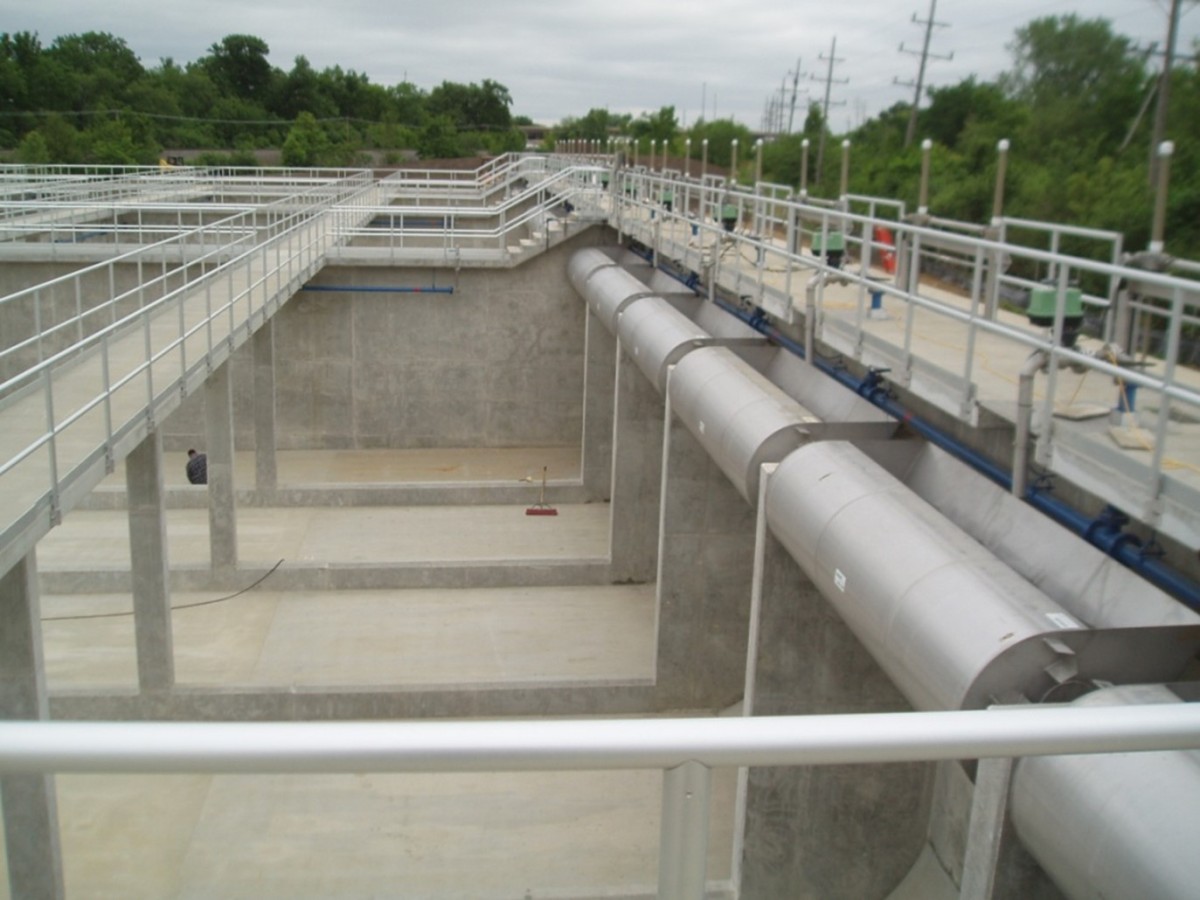A well-designed wastewater clarifier goes a long way toward meeting effluent standards
In wastewater treatment, the clarification process removes suspended solids using gravity. The secondary function of a wastewater clarifier is to remove accumulated scum or floating matter on the surface. This blog post discusses the primary and secondary clarification processes, the types of wastewater clarifiers and how an experienced wastewater process engineer can help determine the right clarifier for your local wastewater treatment plant (WWTP).
Primary clarification
Gravity primary clarification is the cheapest Biological Oxygen Demand (BOD) and Suspended Solids removal that can be implemented, and the design details are often overlooked. The primary clarification process, or sedimentation, is the first step in removing suspended solids, oil and grease from raw wastewater. Primary wastewater clarifiers separate settleable solids from wastewater flow before it progresses to biological treatment.
A primary clarifier's efficiency is measured by BOD and total suspended solids (TSS) removal efficiency. A well-designed primary clarifier can remove 25-35% of influent BOD and 50-65% of influent TSS. For optimal efficiency, POTWs should consider factors like hydraulic detention time and surface overflow rate as key design criteria for sizing primary clarifiers. Based on dry weather and wet weather conditions, optimal sludge blanket depth varies from 1-3 feet with primary sludge concentrations from 3-5%.
There are two general configurations for primary clarifiers:
- Circular primary. In a circular primary clarifier, a truss supported sludge collection plow and rake pushes the sludge that accumulates at the bottom of the clarifier to a central hopper where the sludge typically flows into the inlet of a positive displacement pump or to a wet well. Scum, floating on the surface, is skimmed off.
The slope of the conical floor should have a slope of 1:10 to 1:12. Circular tank diameters can vary from 3 meters to more than 100 meters and side water depth can range from 2.5 to 5 meters. Inlet flows are generally controlled by a splitter structure equipped with gates. Care should be taken to ensure the flow split to the clarifiers can be controlled to maintain an equal surface overflow rate among all the primary clarifiers. Clarifiers should be sized identically to make this simpler.
- Rectangular primary. Rectangular primary clarifiers have long concrete common inner walls with inlet and outlet channels. Each tank typically has a chain and rake sludge collection mechanism to convey accumulated soils to a central hopper where the sludge can be drawn off by pumps or be controlled by valves.
Individual tanks typically have length-to-width ratios from 3:1 to 15:1. Tank depth varies from 2 to 6 meters and minimal clarifier length - from inlet to outlet - measures 3 meters. While requiring less footprint than circular clarifiers, rectangular clarifiers can be prone to mechanical problems, particularly in the winter with chains, sprockets and drives freezing.
Today, cloth media primary filtration is being implemented at a number of facilities and this small footprint technology can often be retrofitted into the space once occupied by rectangular primary clarifiers. As the technology matures, it has the promise of replacing gravity primary clarification.
Secondary Clarification
The purpose of secondary clarification is to separate flocculated biomass from the treated liquid waste stream. A portion of the biomass is returned to the system, return activated sludge, and the excess is wasted, waste activated sludge. Today, the vast majority of secondary clarifiers are designed to be circular. The two most common configurations of circular secondary clarifiers are:
- Spiral scraper. Compared to a rake and plow, spiral scrapers are more effective at rapidly moving solids to a center hopper. Deep, continuous spiral rake blades improve sludge transport capacity. The rapid solids removal by spiral scrapers keeps sludge blankets low, reducing the potential for denitrification and the resulting floating sludge.
- Suction header. Suction headers are designed to remove return-activated sludge quickly and uniformly. The settled solid, or biomass, is collected through orifices in suction headers. The size and spacing of orifices can vary to accommodate desired velocities throughout the process. Return-activated sludge pumps providing the required suction mechanism connect directly to a central draw-off manifold at the tank bottom.
Wet weather clarifiers
Clarifiers used for wet weather conform to the same principles as primary and secondary clarifiers in conventional scenarios. Wet weather produces significant grit washout from sewer and grit chambers to primary clarifiers. Secondary clarifiers may also experience extremely low sludge volume index. Increased and diluted influent plant flows affect the clarifier sludge blanket, creating transient flows that can diminish the performance of primary and secondary clarifiers.
When designing efficient clarifiers to handle wet weather, various ballasted flocculation processes warrant consideration. Such processes involve adding a coagulant and settling ballast (micro-sand) to the primary clarifier influent and installing inclined tubes (lamellas) in the clarifiers. Chemically enhanced primary treatments using coagulants force solids to coagulate more quickly and serve as a feasible alternative to increasing the biological treatment capacity for WWTPs during unexpected wet weather flows.
A high-solids separation facility can also be designed to use as a primary clarifier during wet weather. Increasing the design depth of clarifiers to a side water depth of at least 4.3 to 5 meters can help prevent sludge blanket washouts for WWTPs experiencing prolonged wet weather conditions.
There are several innovative technologies used to design primary, secondary and wet weather clarifiers and improve the effluent quality of treatment plants. A team of experienced wastewater process engineers can help you determine the best solution for your local WWTP.
Common considerations
Below is a list of general considerations when preparing to install new or replacement clarifiers.
- Rectangular collector materials of construction:
- Plastic composite chain, sprockets and rakes.
- Steel chain and sprockets, wood rakes.
- Circular collector materials of construction:
- Painted carbon steel.
- Hot-dip galvanized steel.
- Stainless steel.
- Circular drives:
- Precision bearing steel greased drive.
- Cast iron oil-filled drive.
- Weirs and scum baffles:
- Fiberglass.
- Stainless steel.
- Algae and odor control:
- Aluminum or fiberglass launder covers.
- Algae sweep.
- High-pressure spray water.
- Primary effluent odor control:
- Aluminum or fiberglass launder covers.
- Freeze protection
- Aluminum or fiberglass covers.
- Other considerations:
- Finger weirs to reduce weir loading rates.
- Drive condensate removal.
- Energy dissipating inlets.
- Generously sized stilling well.
- Sludge density baffles.
- Scum flushing mechanisms.
Designing an efficient wastewater clarifier for your community
At Fehr Graham, our team of wastewater process engineers has been helping communities across the U.S. improve the effluent quality of wastewater treatment plants. From designing collection systems, treatment systems and nutrient removal methods to ensuring environmental compliance or securing funding sources, we are your one-stop resource for wastewater treatment.
To learn more about how Fehr Graham can help design the right wastewater clarifier for your community’s treatment plant, contact us or give us a call at 630.897.4651.
 |
Mark Halm is a leader in water and wastewater design. For over three decades, he has led a multidiscipline team for phased improvements to a sanitary district in the Chicago metropolitan area. His award-winning projects are a testament to his experience in water quality master planning and modeling, facility planning and dreaming up innovative ways for nutrient removal. Contact him at |
Collaborative, Insightful, Results-Driven Solutions
Fehr Graham provides innovative engineering and environmental solutions to help improve the lives and communities of our customers.


